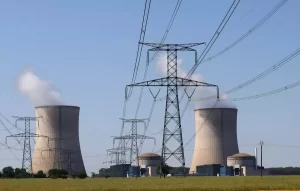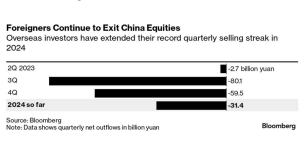Exxon CEO: ‘People generating emissions must pay the price’
The U.S. government is trying to “get things moving” through those subsidies, he added. “But I would tell you building a business on government subsidy is not a long-term sustainable strategy—we don’t support that …. We’re advocating to move to market forces, either through regulation and prices on carbon.”












